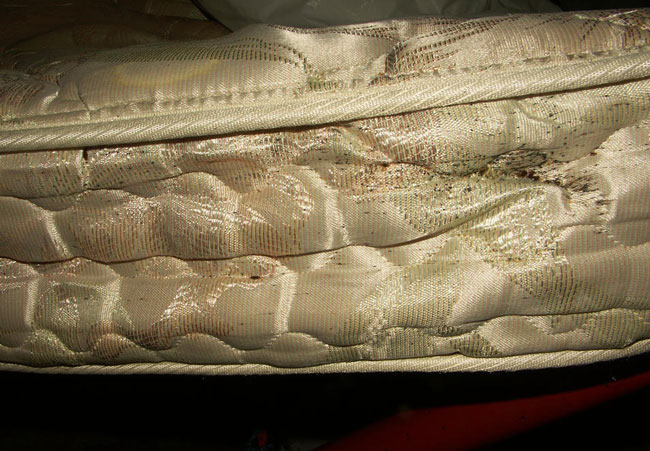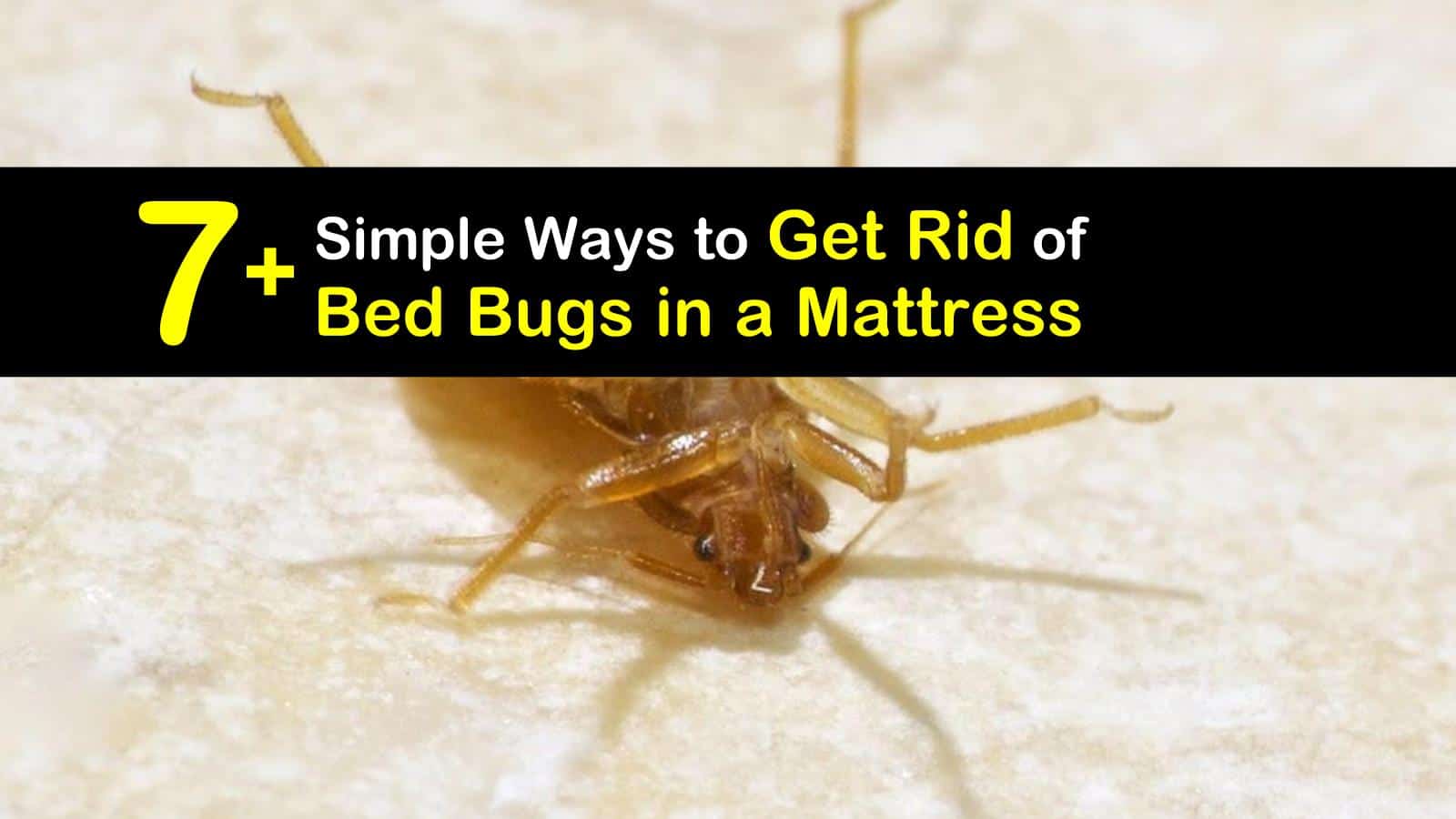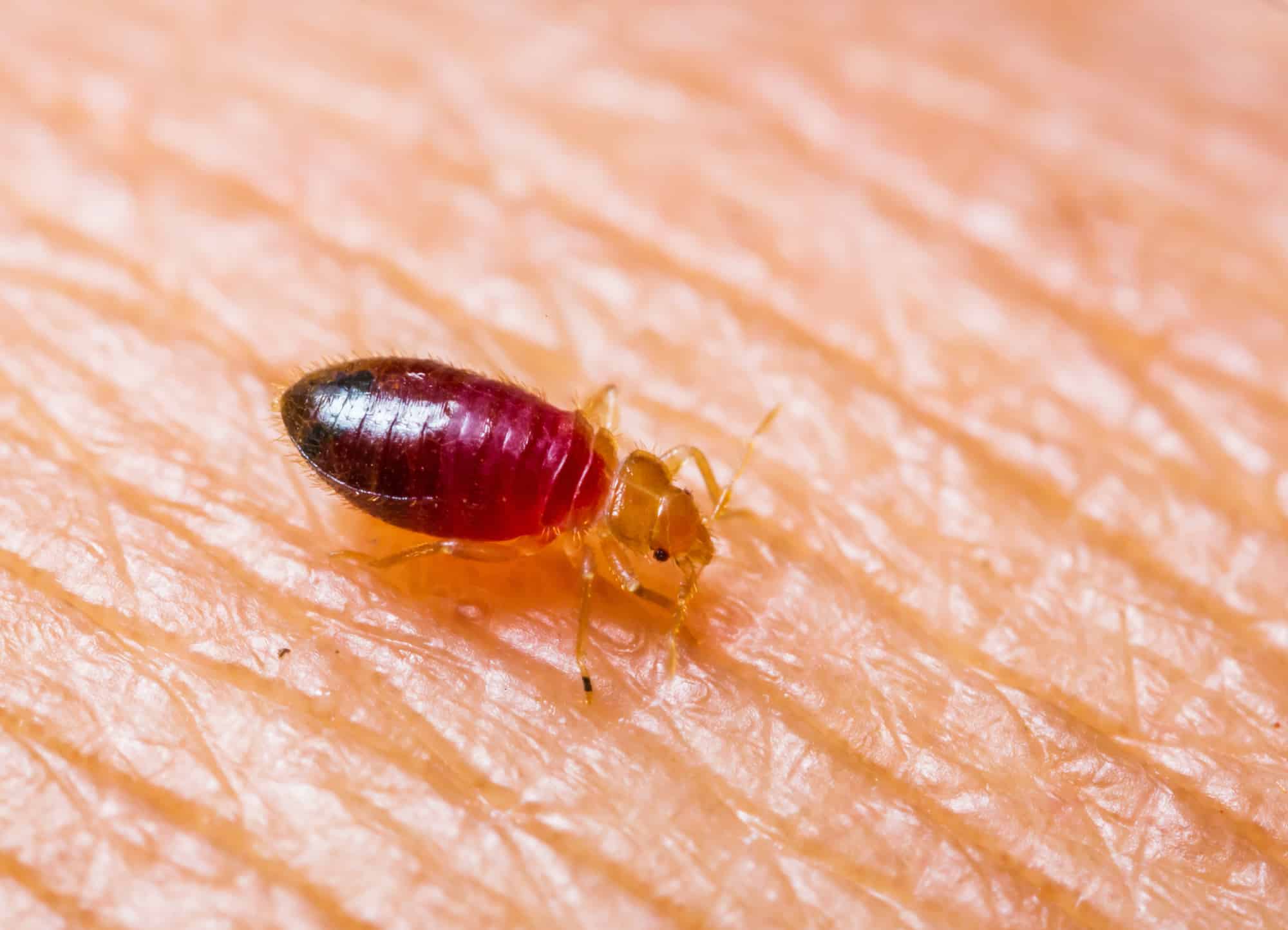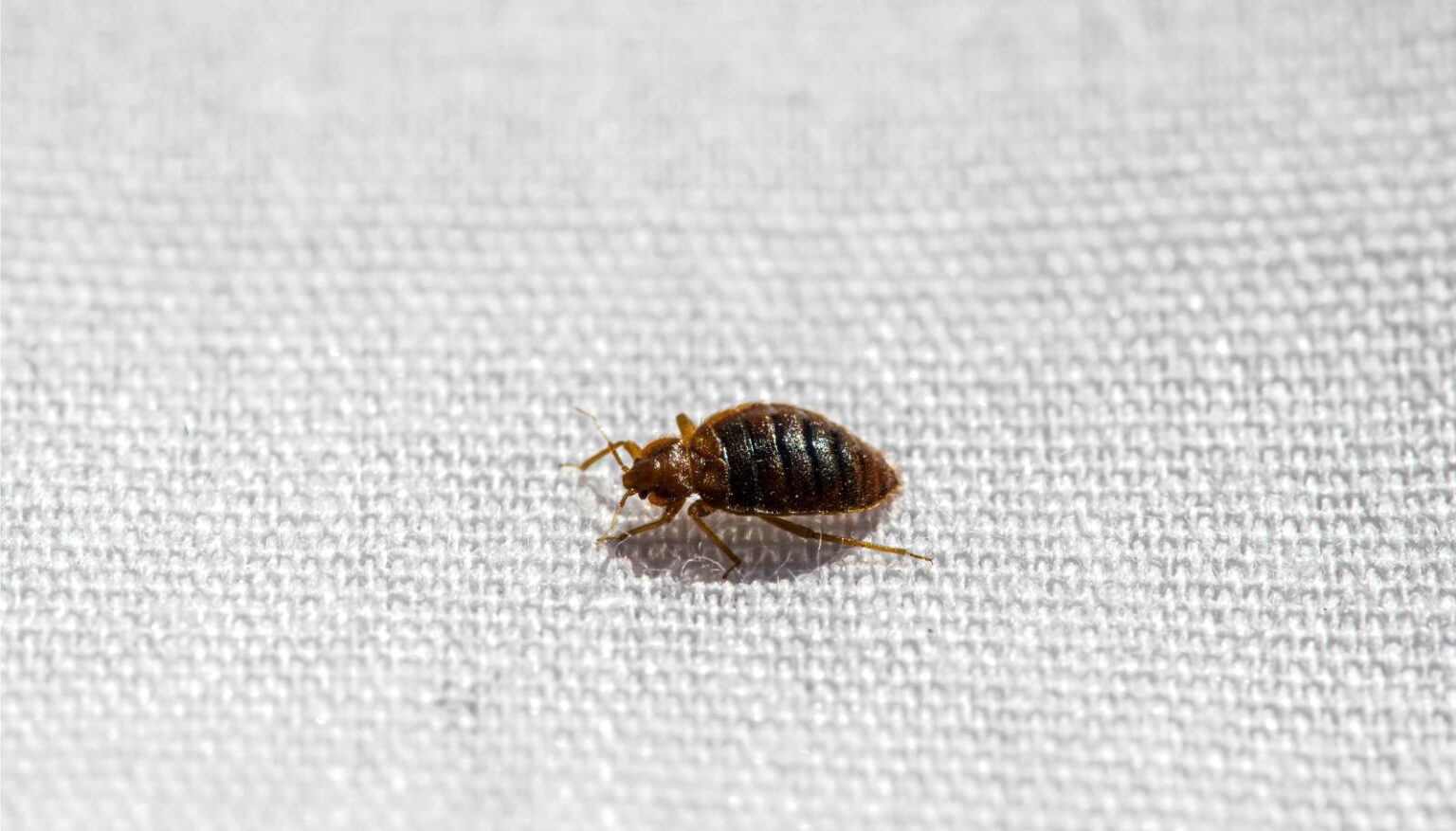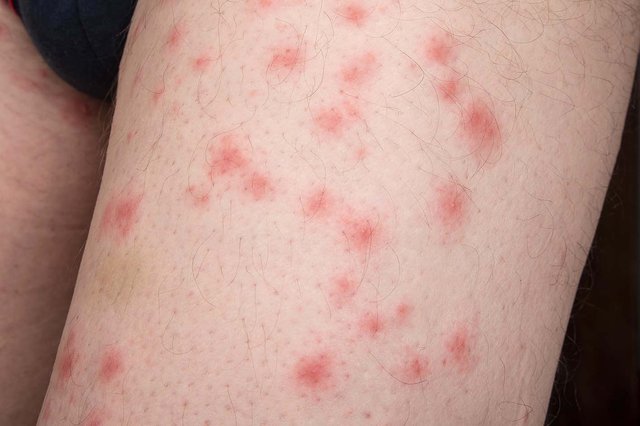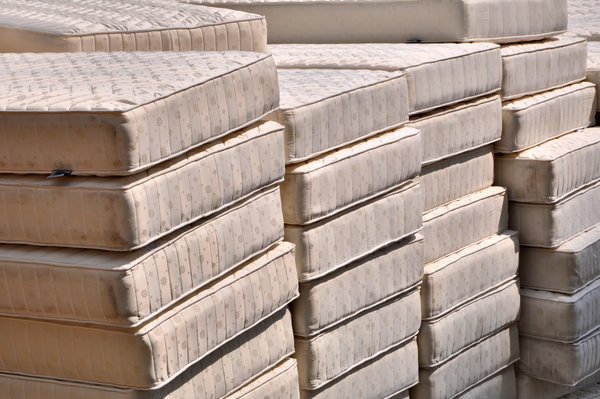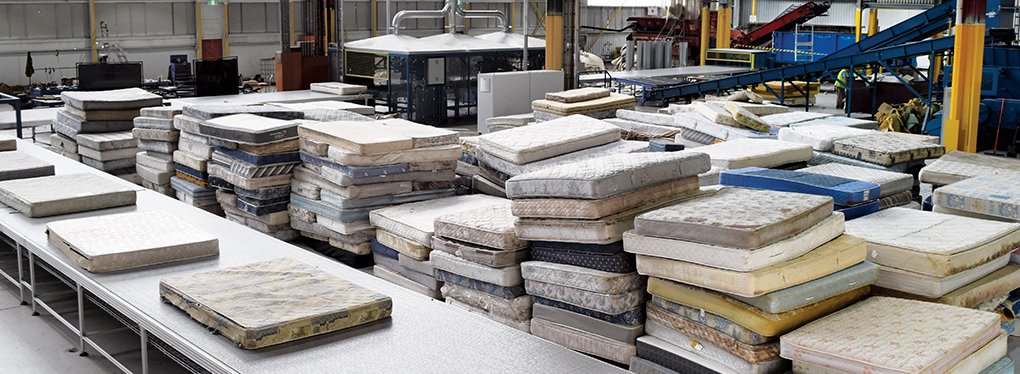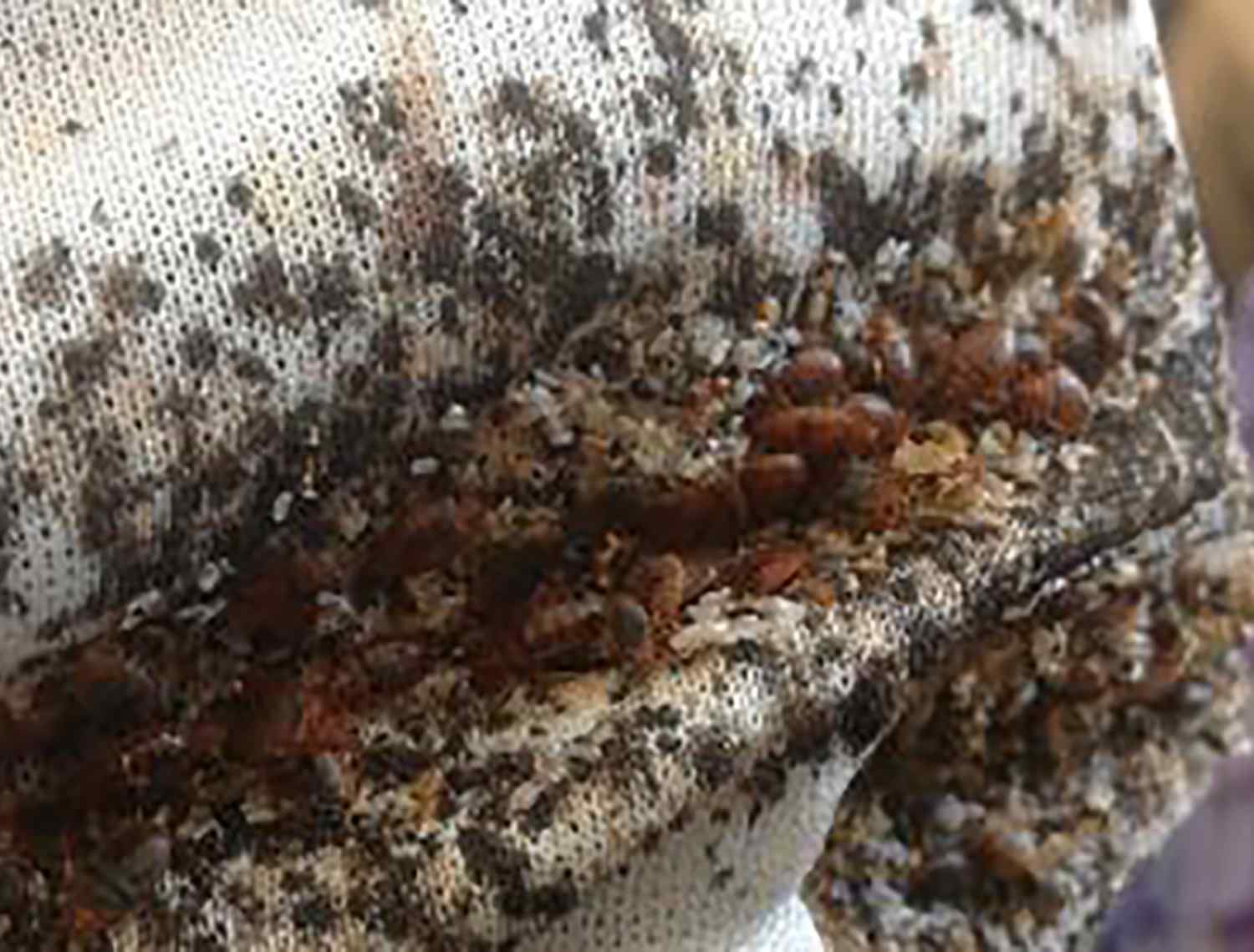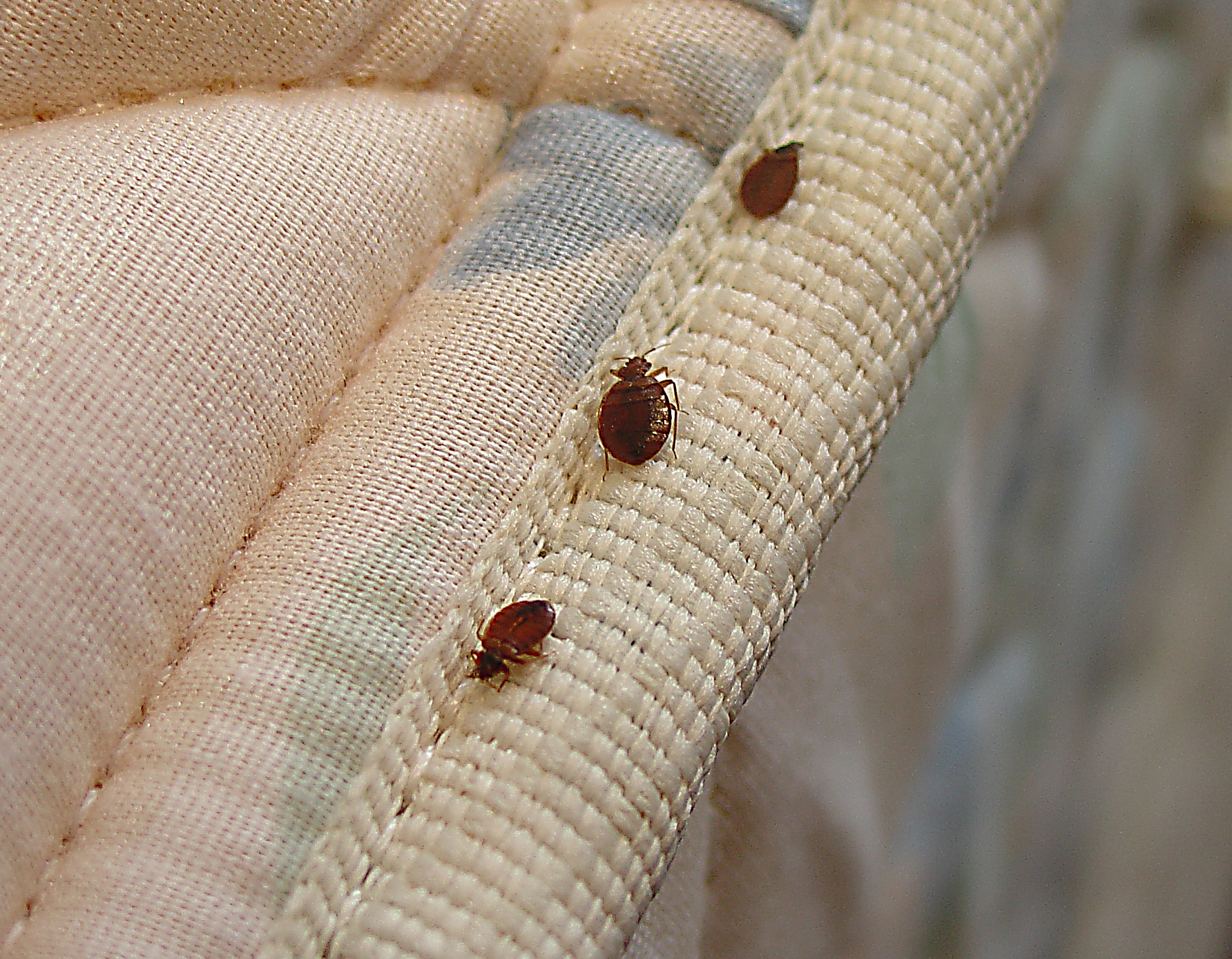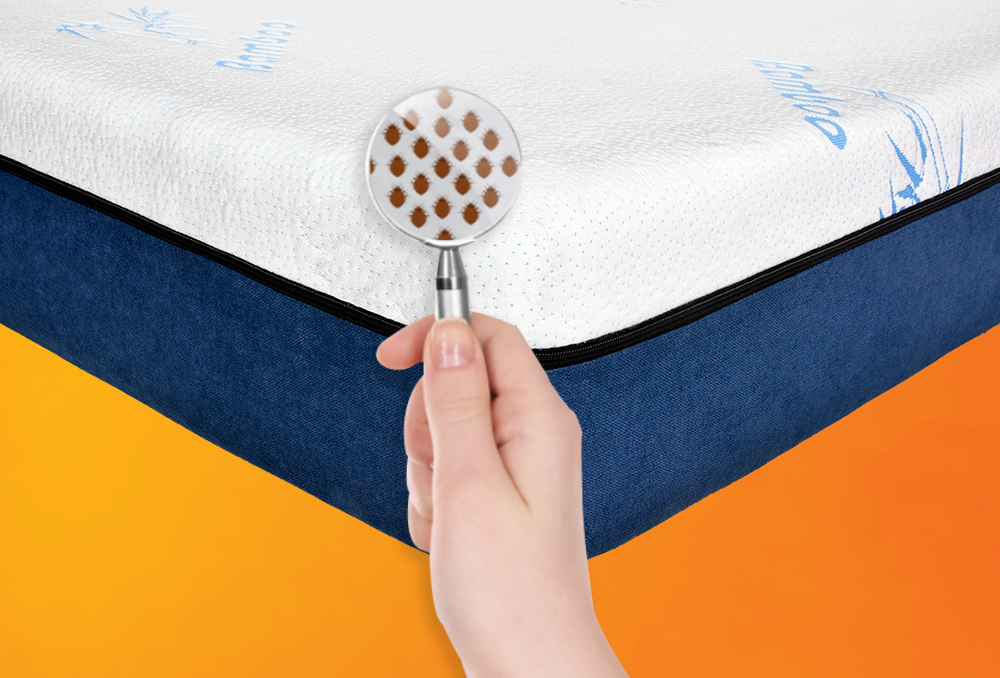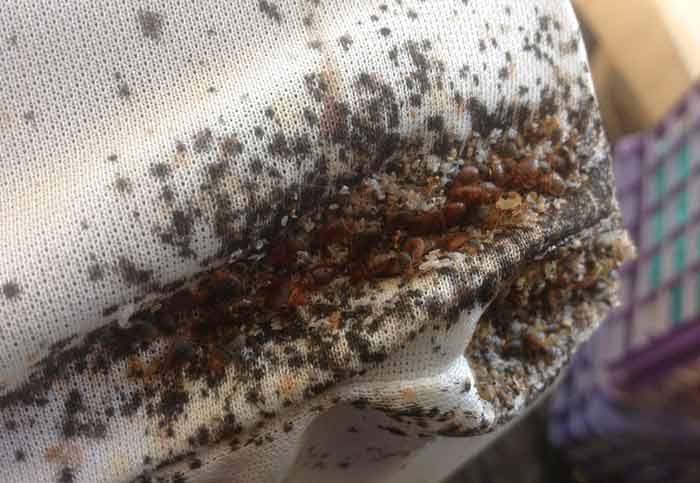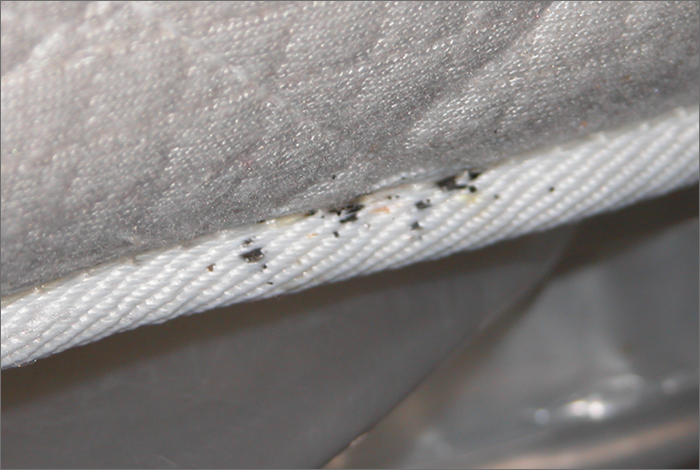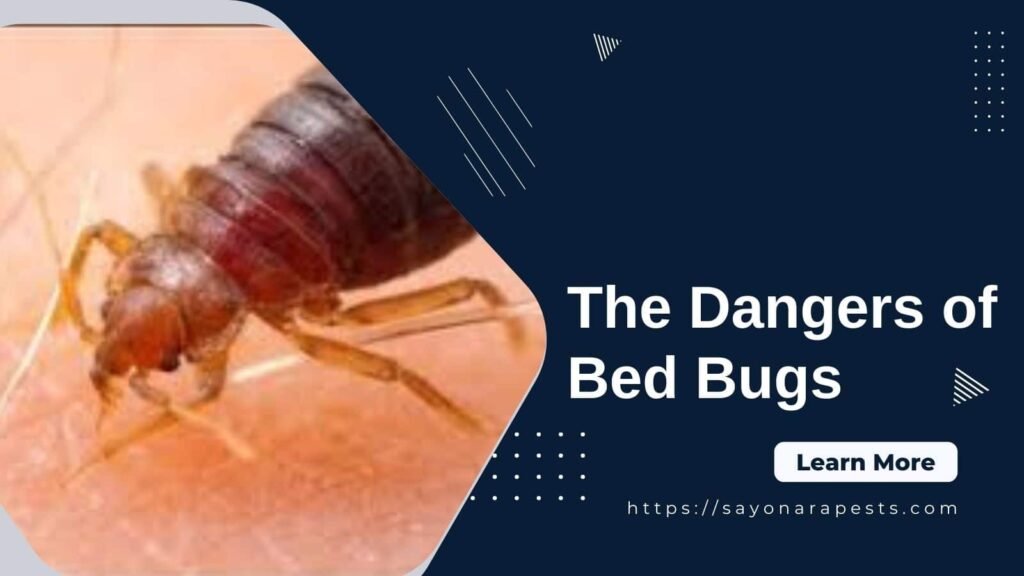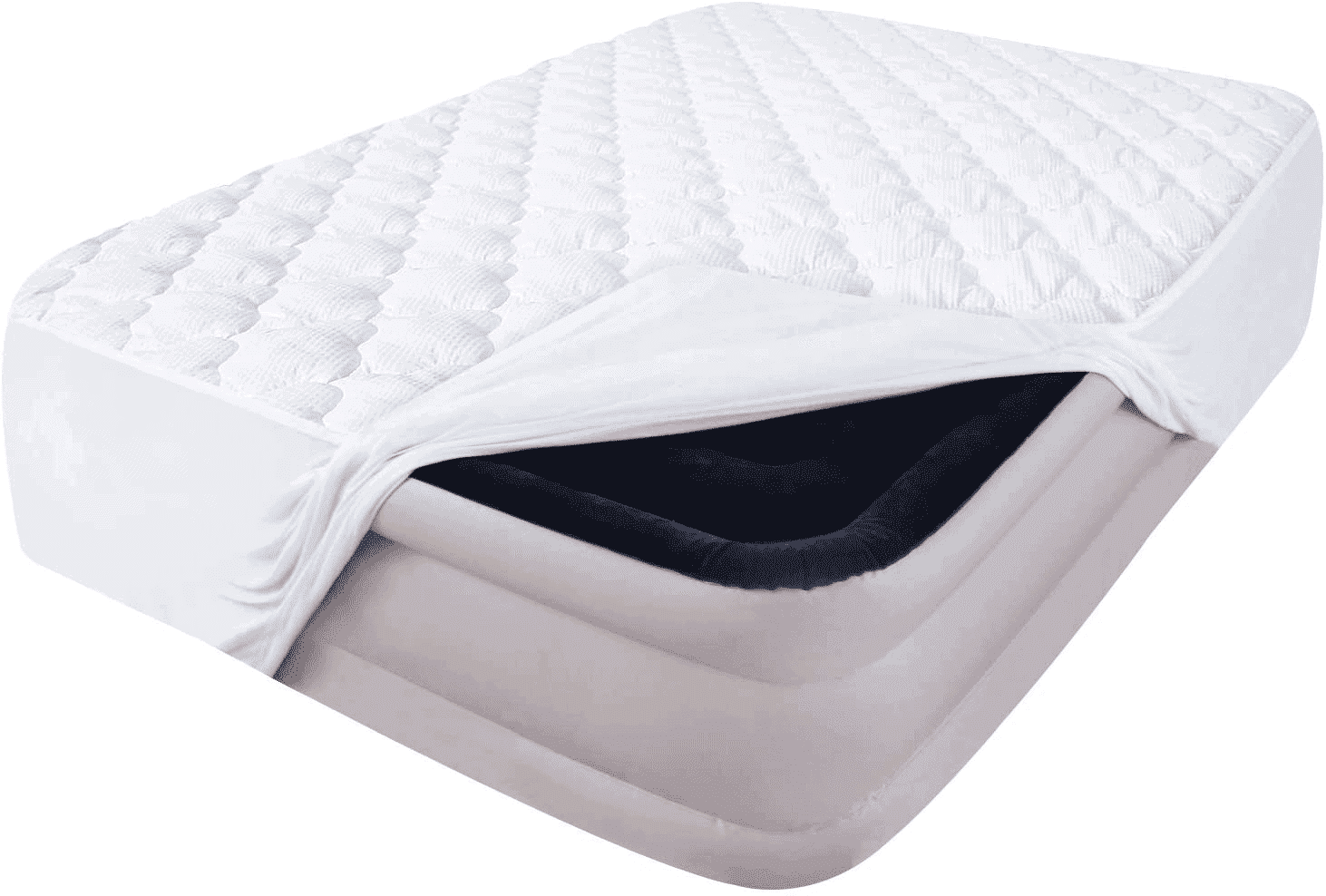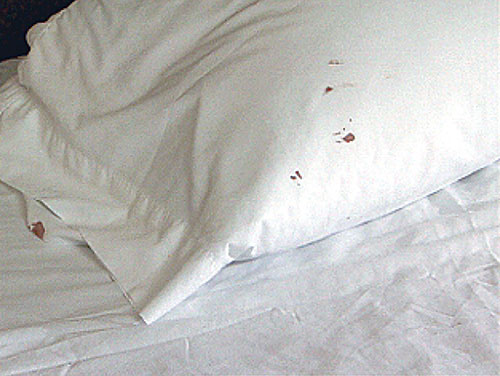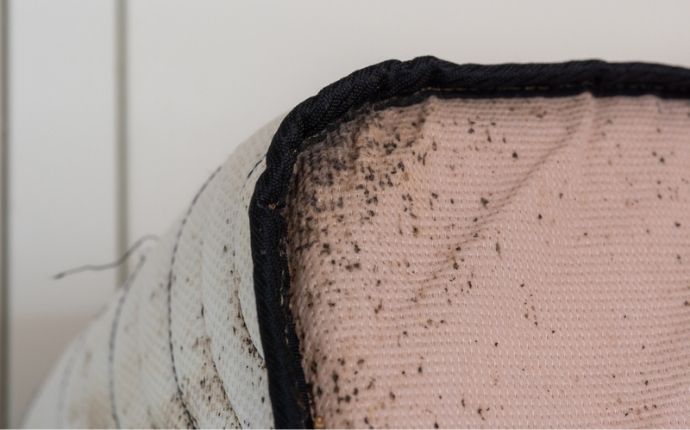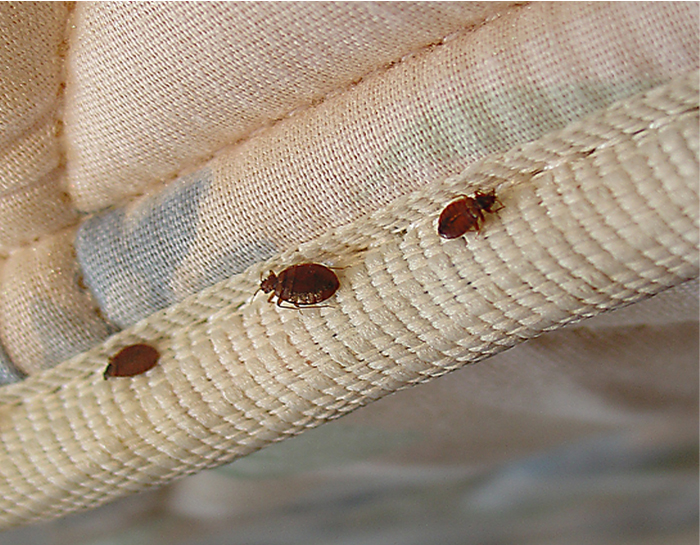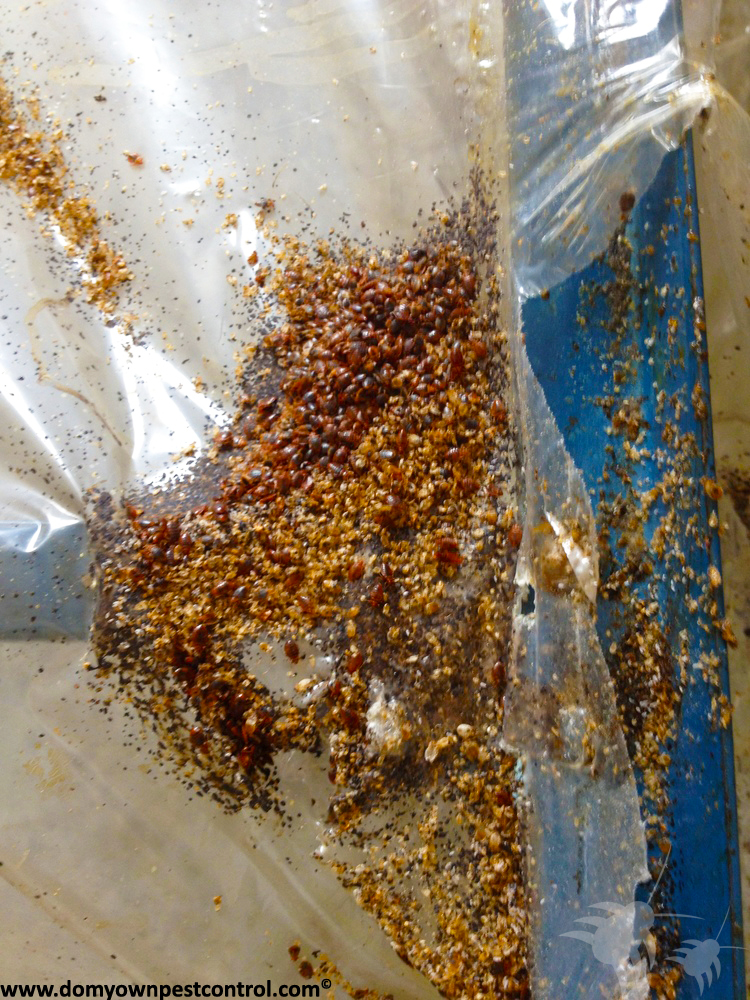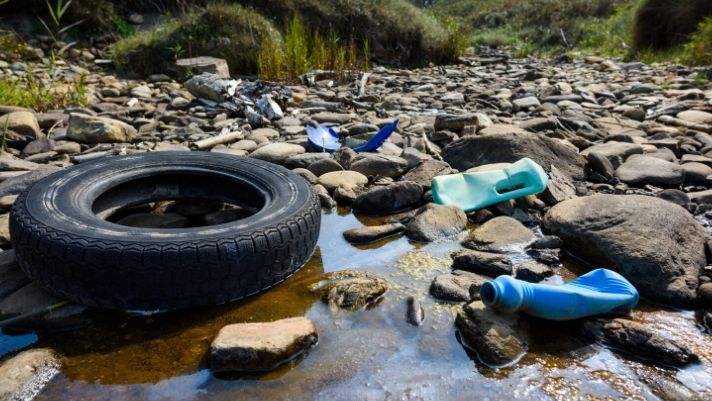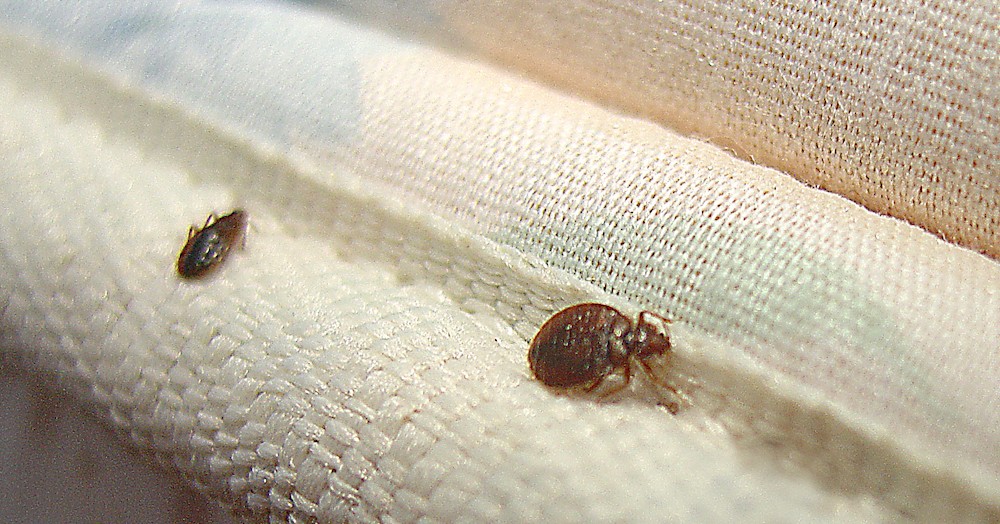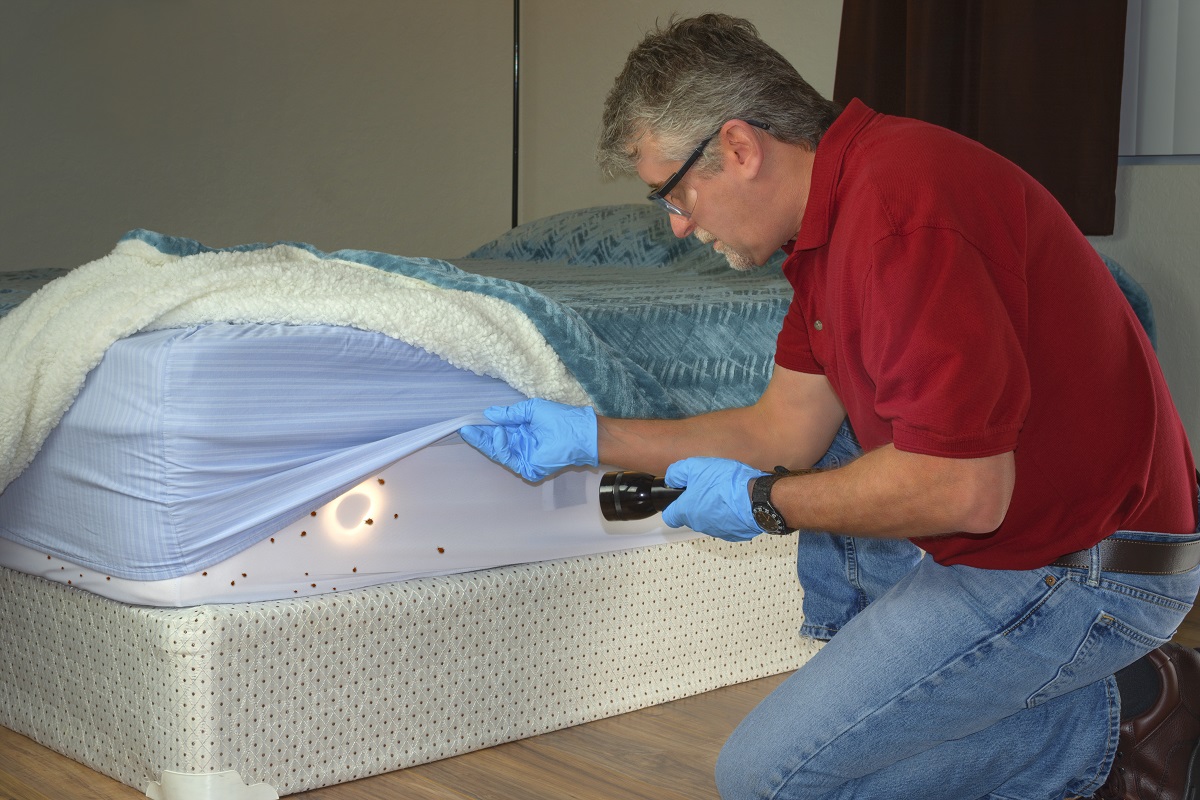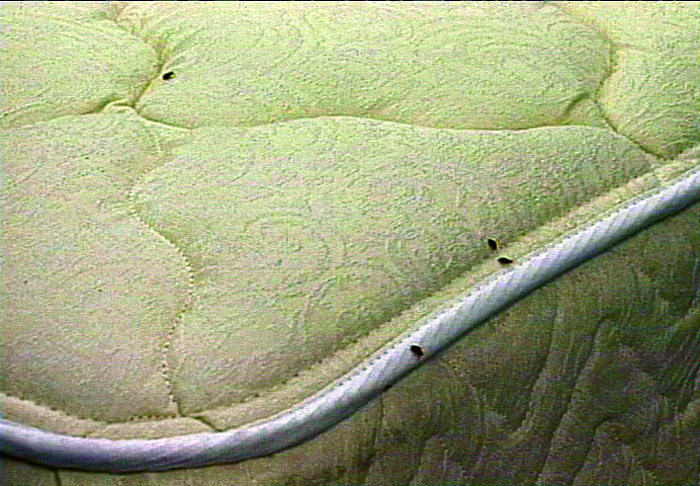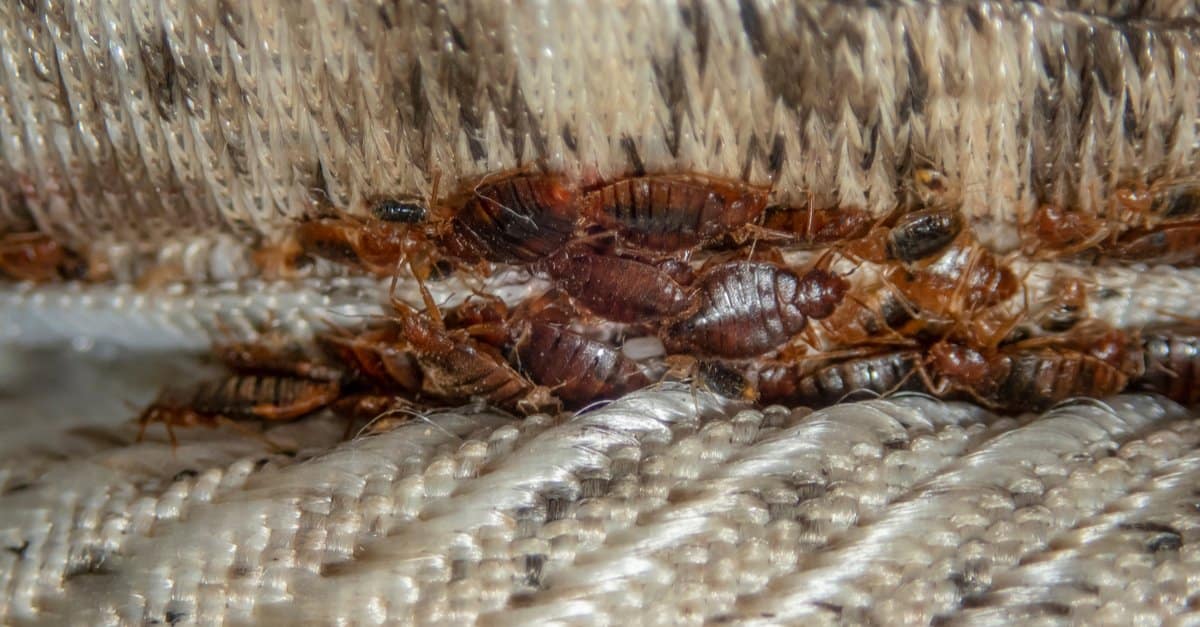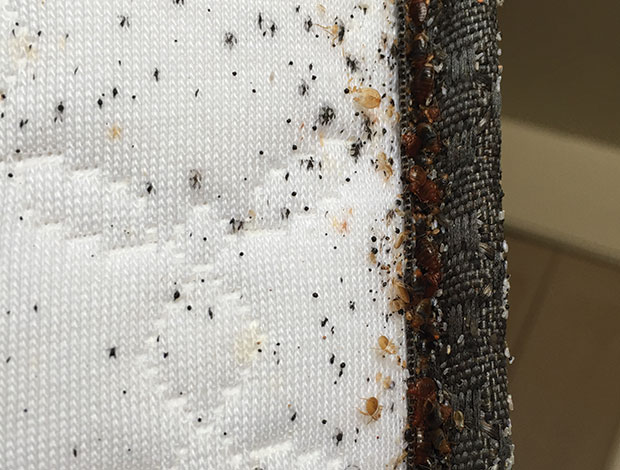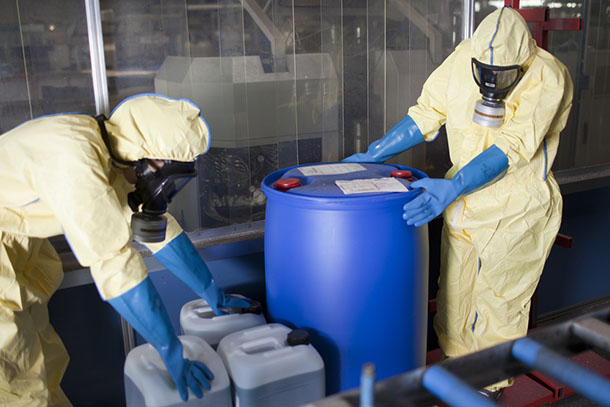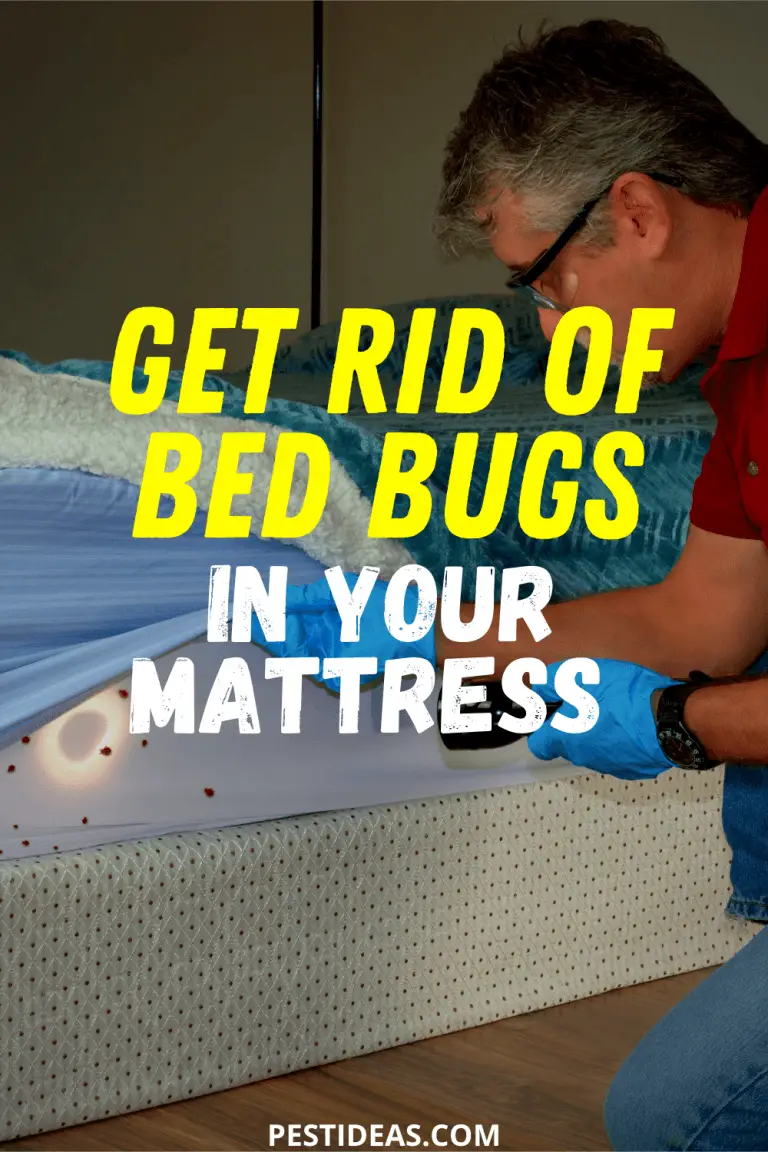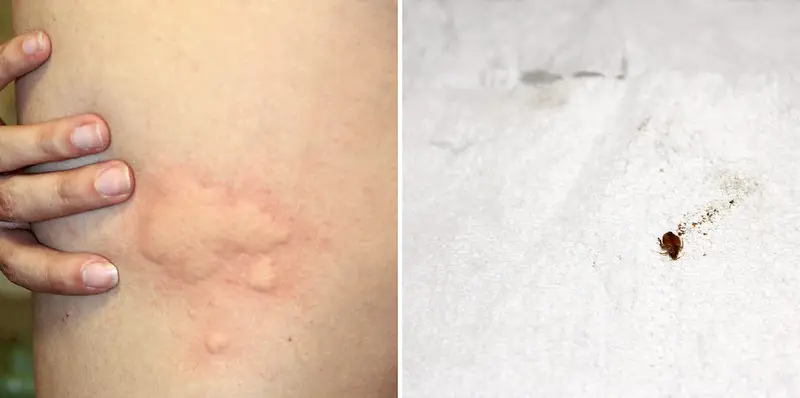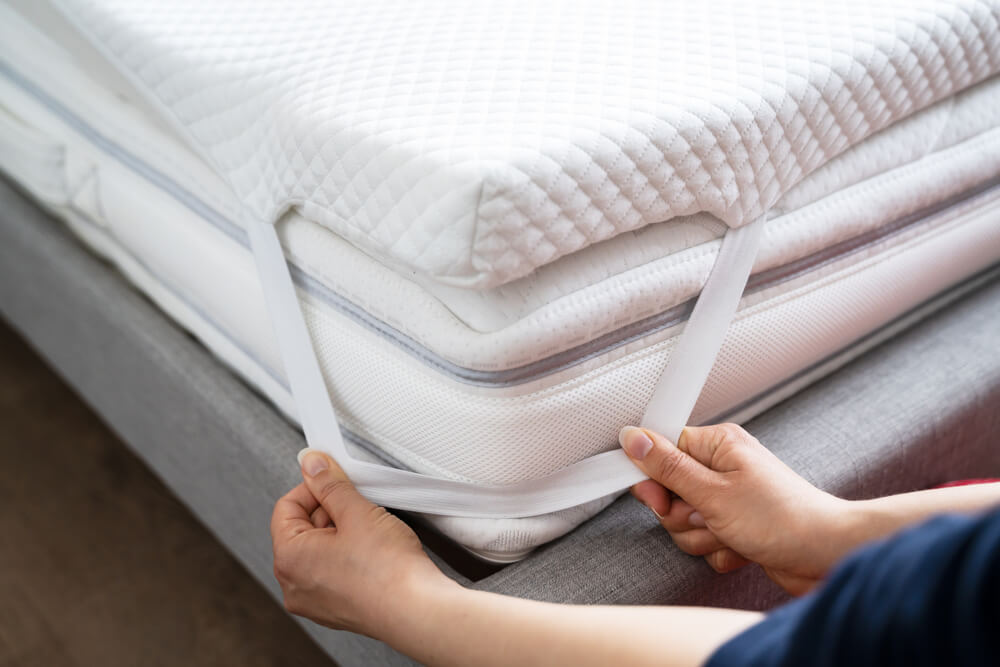If you've discovered bed bugs in your mattress, you may be wondering what to do with it. Throwing it away may seem like the obvious solution, but there are better, more eco-friendly options available. Here's how to properly dispose of a mattress with bed bugs and ensure the pests don't spread to others. First, you'll want to make sure the mattress is securely wrapped in plastic. This will prevent any bed bugs from escaping and infesting other areas of your home or spreading to others who may come into contact with the mattress. Next, check with your local waste management or sanitation department to see if they have any specific guidelines for disposing of items with bed bugs. Some may require the mattress to be labeled as infested and placed in a designated area for pickup. If your waste management department does not have any specific guidelines, you can also consider contacting a pest control company for advice on proper disposal methods. They may have specific recommendations for your area or offer disposal services themselves.1. How to Properly Dispose of a Mattress with Bed Bugs
Recycling a mattress with bed bugs may not seem like a viable option, but it can actually be a more environmentally friendly choice than simply throwing it away. However, there are a few things you need to keep in mind when considering recycling. First, not all recycling facilities will accept mattresses with bed bugs due to the risk of spreading the pests. It's important to call ahead and check with the facility to see if they have any specific guidelines or restrictions. Secondly, even if the facility does accept mattresses with bed bugs, it's important to properly prepare the mattress before recycling. This may include treating the mattress with heat or chemicals to kill the bed bugs, or securely wrapping it in plastic. Recycling a mattress with bed bugs may require some extra effort, but it can have a positive impact on the environment and help prevent the spread of pests.2. Recycling Mattresses with Bed Bugs: What You Need to Know
The short answer is yes, you can recycle a mattress with bed bugs. However, as mentioned before, not all recycling facilities will accept them due to the risk of spreading the pests. It's important to do your research and properly prepare the mattress before attempting to recycle it. Additionally, some facilities may charge an extra fee for accepting mattresses with bed bugs, so be sure to inquire about any potential costs beforehand. Recycling a mattress with bed bugs may not be the easiest option, but it can be a more environmentally friendly choice than simply throwing it away and contributing to landfill waste.3. Can You Recycle a Mattress with Bed Bugs?
If disposing of a mattress with bed bugs or recycling it is not an option, there are still eco-friendly ways to get rid of it. One option is to donate the mattress to a charity or organization that accepts them. However, it's important to be honest about the bed bug infestation to prevent spreading the pests to others. Another option is to repurpose the mattress. For example, you could use the foam or fabric for projects such as cushioning for outdoor furniture or pet beds, or even turn the springs into wall art or other decorative items. By choosing eco-friendly options, you can not only get rid of the bed bug-infested mattress responsibly, but also reduce waste and potentially give the mattress a new life.4. Eco-Friendly Options for Getting Rid of a Mattress with Bed Bugs
While it may be tempting to simply throw away a mattress with bed bugs and be done with it, this can have negative consequences for the environment and potentially harm others. Firstly, mattresses take up a lot of space in landfills and can take years to decompose. By adding a bed bug-infested mattress to a landfill, you are potentially spreading the pests to other areas and contributing to the growing issue of landfill waste. Secondly, if the mattress is not properly wrapped or labeled, others may unknowingly come into contact with it and bring the bed bugs into their own homes. This can lead to a larger infestation and cause unnecessary stress and expenses for others. By properly disposing of a mattress with bed bugs, you can help prevent these dangers and be more environmentally responsible.5. The Dangers of Throwing Away a Mattress with Bed Bugs
If you've decided to recycle your mattress with bed bugs, there are a few steps you can take to ensure it is done safely and responsibly. Firstly, make sure to thoroughly inspect the mattress for any signs of bed bugs. If you find any, it's important to treat the mattress with heat or chemicals to kill the pests before attempting to recycle it. Next, contact your local recycling facility to see if they have any specific guidelines or requirements for accepting mattresses with bed bugs. Make sure to follow their instructions carefully to prevent any potential spread of the pests. Lastly, properly wrap and label the mattress before transporting it to the facility. This will help prevent the bed bugs from escaping and infesting other areas.6. How to Safely Recycle a Mattress Infested with Bed Bugs
The environmental impact of throwing away a mattress with bed bugs goes beyond just adding to landfill waste. It can also contribute to the spread of pests and potential harm to the ecosystem. Bed bugs are not just a nuisance for humans, they can also affect other animals and plants. When bed bugs infest a mattress in a landfill, they can easily spread to other areas and potentially harm the local wildlife or vegetation. By choosing to dispose of a mattress with bed bugs in an environmentally responsible way, you are not only preventing the spread of pests, but also helping to protect the ecosystem.7. The Environmental Impact of Throwing Away a Mattress with Bed Bugs
When it comes to getting rid of a mattress with bed bugs, you may be torn between recycling and disposing of it. Each option has its own pros and cons, so it's important to consider them carefully before making a decision. Recycling a mattress can have a positive impact on the environment and potentially give the mattress a new life. However, it may require more effort and cost than simply disposing of it. Disposing of a mattress may be a quicker and easier solution, but it can contribute to landfill waste and potentially harm others. Ultimately, the best option will depend on your individual circumstances and priorities. However, by considering the environmental impact and potential consequences, you can make a more informed decision.8. Recycling vs. Disposing: What's the Best Option for a Mattress with Bed Bugs?
Before attempting to recycle a mattress with bed bugs, it's important to properly prepare it to prevent the spread of pests. Here are some steps you can take to prepare the mattress for recycling: 1. Thoroughly inspect the mattress for any signs of bed bugs. 2. Treat the mattress with heat or chemicals to kill the bed bugs. 3. Wrap the mattress securely in plastic. 4. Label the mattress as infested with bed bugs. 5. Follow any specific guidelines or instructions from your local recycling facility. By taking these steps, you can ensure that the mattress is properly prepared for recycling and help prevent the spread of pests.9. How to Prepare a Mattress for Recycling with Bed Bugs
Recycling a mattress with bed bugs may require more effort and cost than simply throwing it away, but it can have many benefits for the environment and the community. By recycling, you are reducing waste and preventing the spread of pests. Additionally, the materials from the mattress can be repurposed and potentially given a new life, reducing the need for new resources. Furthermore, by properly disposing of a mattress with bed bugs, you are being a responsible member of the community and helping to protect others from potential harm. Overall, the benefits of recycling a mattress with bed bugs far outweigh the extra effort and cost, making it a worthwhile choice for both the environment and the community.10. The Benefits of Recycling a Mattress with Bed Bugs
How to Properly Dispose of a Mattress Infested with Bed Bugs

Recycling as an Eco-Friendly Solution
 If you have ever experienced a bed bug infestation, you know how difficult it can be to get rid of them. These pesky insects not only cause discomfort and irritation, but they can also spread quickly and easily. So, what do you do when you discover that your mattress is infested with bed bugs? Many people may immediately think of throwing it away, but this can have harmful consequences for the environment. Instead, recycling your mattress is a more eco-friendly solution that not only gets rid of the bed bugs but also helps to reduce waste and conserve resources.
Recycling
a mattress involves breaking it down into its component parts and repurposing them for other uses. This process not only prevents the mattress from ending up in a landfill, where it can take up to 20 years to decompose, but it also reduces the need for new materials to be produced. This, in turn, lessens the strain on the environment and lowers carbon emissions.
If you have ever experienced a bed bug infestation, you know how difficult it can be to get rid of them. These pesky insects not only cause discomfort and irritation, but they can also spread quickly and easily. So, what do you do when you discover that your mattress is infested with bed bugs? Many people may immediately think of throwing it away, but this can have harmful consequences for the environment. Instead, recycling your mattress is a more eco-friendly solution that not only gets rid of the bed bugs but also helps to reduce waste and conserve resources.
Recycling
a mattress involves breaking it down into its component parts and repurposing them for other uses. This process not only prevents the mattress from ending up in a landfill, where it can take up to 20 years to decompose, but it also reduces the need for new materials to be produced. This, in turn, lessens the strain on the environment and lowers carbon emissions.
The Importance of Proper Disposal
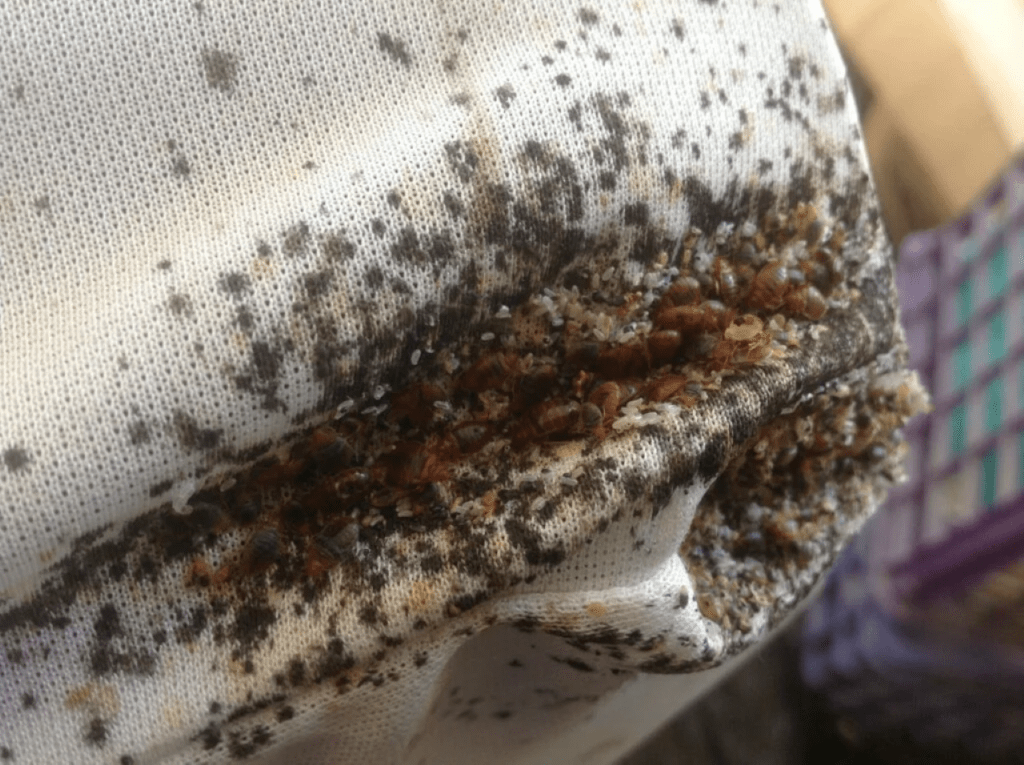 When it comes to getting rid of a mattress infested with bed bugs, it is crucial to handle it properly. Simply throwing it out on the curb can lead to the bed bugs spreading to other homes in your neighborhood. This can create a larger infestation and cause harm to others. It is also illegal in many places to dispose of a mattress in this manner.
Recycling
ensures that the mattress is properly disposed of and that the bed bugs are eliminated in the process. It also prevents the mattress from being illegally dumped, which can harm the environment and create eyesores in communities.
When it comes to getting rid of a mattress infested with bed bugs, it is crucial to handle it properly. Simply throwing it out on the curb can lead to the bed bugs spreading to other homes in your neighborhood. This can create a larger infestation and cause harm to others. It is also illegal in many places to dispose of a mattress in this manner.
Recycling
ensures that the mattress is properly disposed of and that the bed bugs are eliminated in the process. It also prevents the mattress from being illegally dumped, which can harm the environment and create eyesores in communities.
The Recycling Process
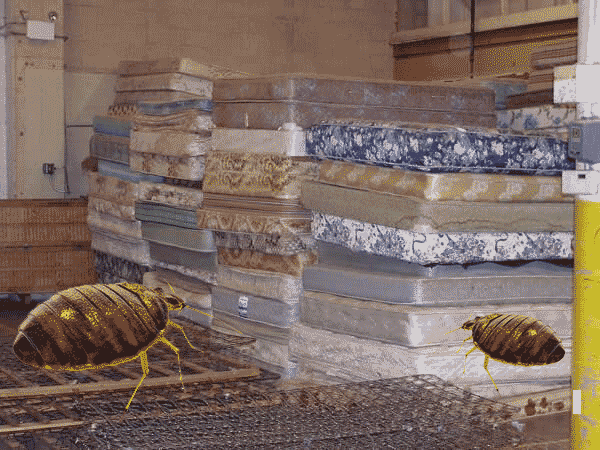 The process of recycling a mattress begins with removing all of the outer fabric and foam. These materials are then cleaned and repurposed for use in other products such as carpet padding or insulation. The springs and metal parts are separated and melted down to be used in the production of new metal products. This process not only eliminates the bed bugs but also reduces the amount of waste in landfills and conserves natural resources.
In conclusion,
recycling
a mattress infested with bed bugs is the most environmentally-friendly and responsible way to dispose of it. Not only does it eliminate the bed bugs, but it also helps to reduce waste and conserve resources. So next time you are faced with a mattress infested with bed bugs, consider
recycling
as a sustainable and effective solution.
The process of recycling a mattress begins with removing all of the outer fabric and foam. These materials are then cleaned and repurposed for use in other products such as carpet padding or insulation. The springs and metal parts are separated and melted down to be used in the production of new metal products. This process not only eliminates the bed bugs but also reduces the amount of waste in landfills and conserves natural resources.
In conclusion,
recycling
a mattress infested with bed bugs is the most environmentally-friendly and responsible way to dispose of it. Not only does it eliminate the bed bugs, but it also helps to reduce waste and conserve resources. So next time you are faced with a mattress infested with bed bugs, consider
recycling
as a sustainable and effective solution.






